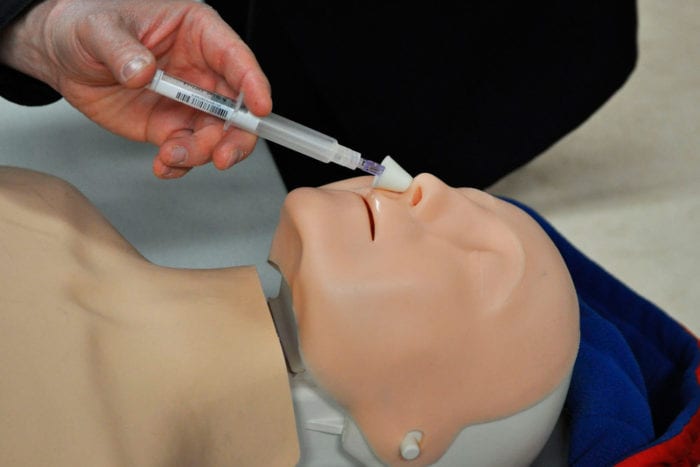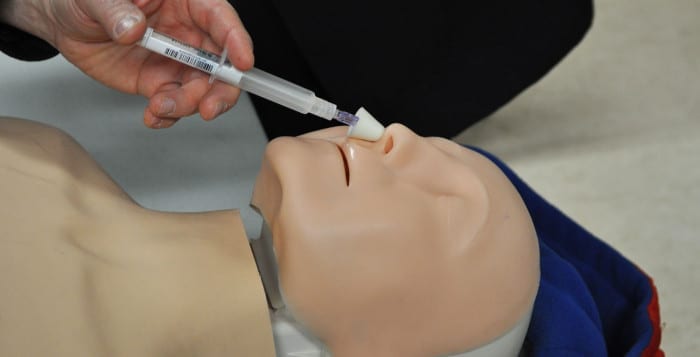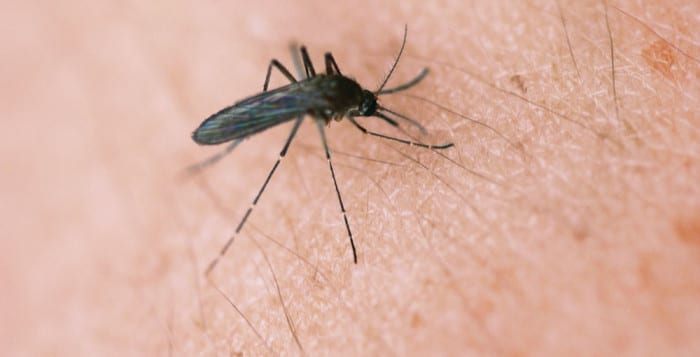On college campuses across the nation, where dreams unfurl and ambitions take flight, lurks a hidden shadow — hazing.
A cruel dance of humiliation and abuse, it scars not just bodies but spirits, etching its trauma onto the very fabric of campus life. In the face of this darkness, one local leader stands as a beacon of light, wielding swords of knowledge and compassion: Michael J. Winfield Sr.
An educator, sociologist and former school administrator at Shoreham-Wading River school district, he understands the insidious nature of hazing on an intimate level.
His book, “Before You Pledge: Essential Information You Should Know About Black Greek Letter Organizations,” delves into the complex web of motivations and pressures that fuel this practice, offering a courageous diagnosis and a potent cure.
“Back in 2019, I wanted to come up with some type of book or booklet that would really help people to think before they pledged,” Winfield said. “Giving people some practical advice on hazing and what typically happens.”
The book peels back the layers of tradition and misplaced camaraderie, exposing the emotional wreckage left in its wake — shattered self-esteem, fractured trust and even the tragic loss of life.
“They don’t know what to expect,” he said. “And they get in there and realize they’re in too deep because sometimes it’s violent or sometimes it’s alcohol-based. Sometimes there’s a lot of paddling that’s really, really intense. I just wanted to create something that would be an aid.”
Winfield’s impact isn’t just theoretical, it’s tangible. Through tireless hours of writing, teaching, and many community collaborative efforts, he’s helped foster safer campuses nationwide. His work has empowered countless students to speak up, administrators to take action and communities to rally against this evil.
“I’ve seen so many people come back and thank me — because it emboldened them,” Winfield explained. “It gave them the courage to speak up and understand that no one can make you do it. It just gave them courage.”
But his fight isn’t confined to campuses. Recognizing the roots of hazing in precollege environments, Winfield actively engages with all, planting the seeds of empathy and inclusivity early on.
“Hazing has been around for a very long time,” he noted. “We find evidence of it even before the word became associated with hazing as we know hazing — we can find examples dating back to the Greeks and to the Romans.”
“Let’s say 1906, we still had a lot of anti-Black racism and violence happening, you still had people walking around who wore the scars of slaves at this time,” Winfield added. “So for a college person of color to physically beat another was just unheard of. That brings us to this particular point — the founders of all these organizations were totally against this behavior.”
He understands that dismantling hazing requires a long-term, multipronged approach, starting with education and cultivating a culture of respect and compassion from the very foundations of life.
“I’m adding a chapter on understanding the dynamics of hazing and a chapter for developmental psychology,” Winfield said. “I get into it at length. I looked at a few studies and just really chewed down into that.”
Winfield stands as a shining testament to the transformative power of compassion, awareness and activism in a world often riddled with cynicism and apathy. He doesn’t just write about hazing — he fights it one community at a time.
For his passionate education and advocacy, TBR News Media is pleased to name Michael J. Winfield Sr. a 2023 Person of the Year.













